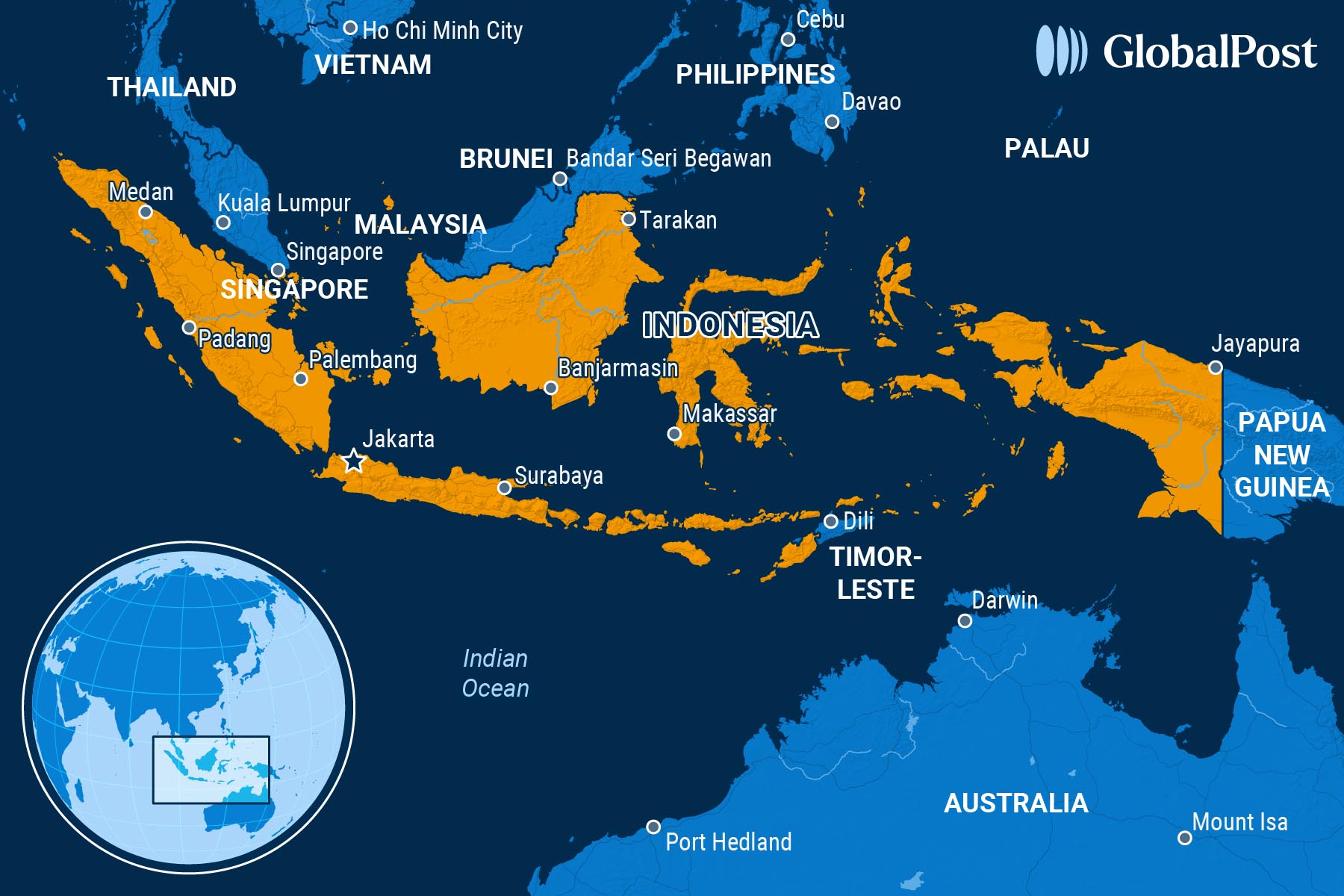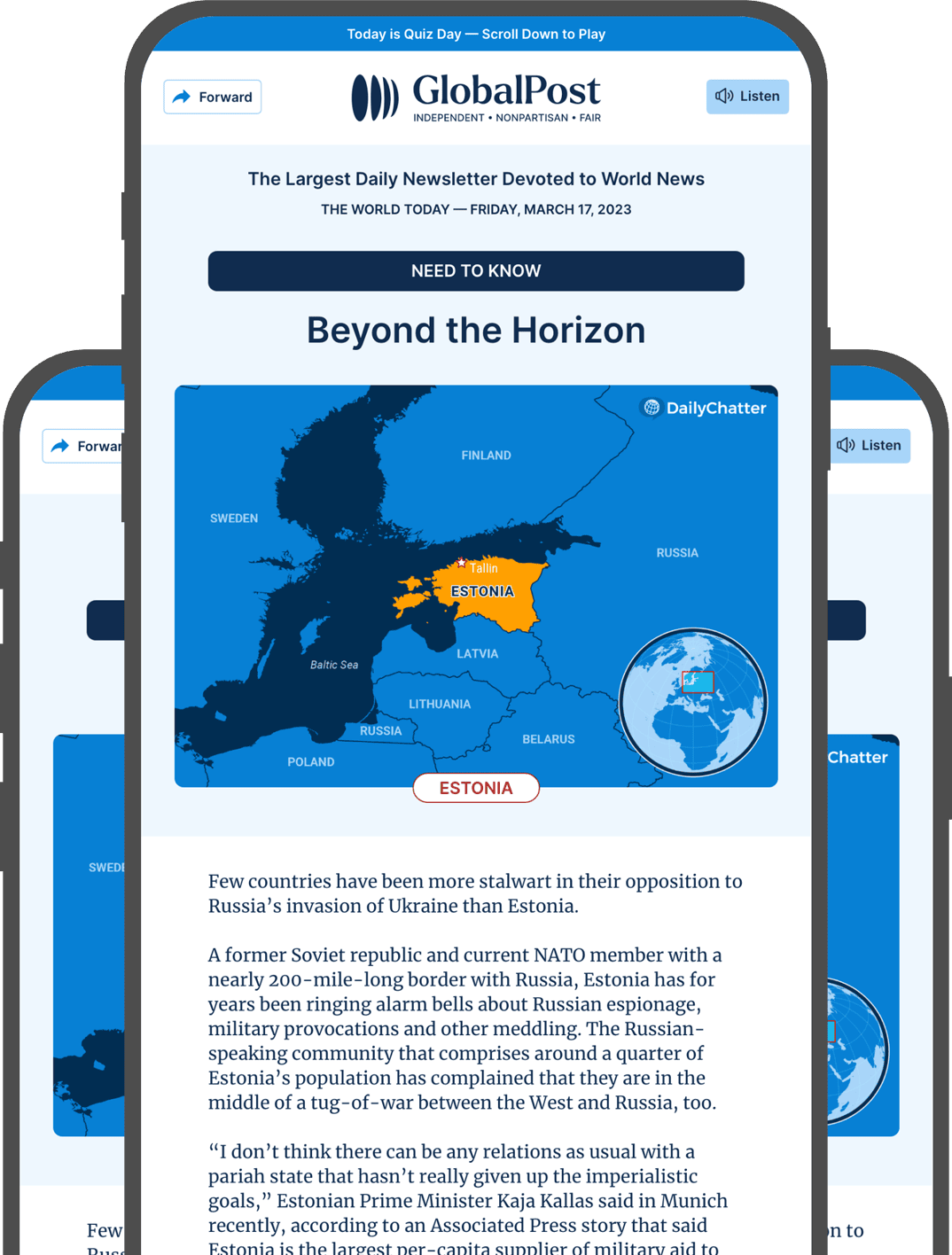Shades of Unrest: Indonesians Take to the Streets in Pink and Green, in Growing Threat To Government

Affan Kurniawan, a 21-year-old motorcycle taxi driver, was on his shift in late August delivering food orders and ferrying passengers in the Indonesian capital of Jakarta when a police vehicle plowed into him as it chased protesters.
Kurniawan’s death on Aug. 28 and the fury that followed as videos of the incident spread online caused ongoing unrest across Indonesia to explode: What began as relatively peaceful protests in Jakarta against lawmakers’ hefty allowances a few days before expanded across the country to include anger at growing economic disparities, military involvement in civilian life, a crackdown on the opposition and dissent, and the seeming indifference of the government to the average Indonesian’s economic plight.
Now, in spite of legislators and the president taking measures to appease protesters, the demonstrations continued, turning violent, killing at least 10 people, with thousands more injured and at least 3,000 detained. Cities across Indonesia have been hit with rioting, looting, and arson attacks, especially on the residences of politicians and government buildings around the country.
“The unrest is a crucial test for Prabowo Subianto, a former general who won a landslide victory in last year’s presidential election and who has little patience for dissent,” wrote the Economist.
These latest demonstrations in the country sparked over a $3,075 monthly housing allowance that 580 members of parliament have been receiving since September 2024, after reports of the payments leaked recently. The amount is almost 10 times the minimum wage in Jakarta, 20 times the monthly minimum wage in poorer Indonesian regions.
As a result, thousands of students, workers, and activists began protesting outside the parliament on Aug. 25, the Guardian reported. Riot police responded with water cannon and teargas, and excessive force.
Protesters say they are frustrated with what they call “corrupt elites” within the government setting policies that benefit the wealthy and connected, businesses, and the military, while ordinary Indonesians struggle economically. Inflation on key staples and unemployment, especially regarding the young, have increased over the past few years.
“The growing gap between the rich and poor in Indonesia provides an easily combustible dry-hay situation,” Achmad Sukarsono of consultancy Control Risks, told Reuters. “Policies that fail to consider social sensitivities like the perks for parliamentarians then turn into matchsticks.”
The protests echoed those that broke out in spring when thousands of Indonesians, led by students in the “Indonesia Gelap” (Dark Indonesia) movement, took to the streets against the massive budget cuts introduced by Subianto.
University students in Indonesia have long been regarded as the guardians of the country’s democracy, having taken a leading role in the demonstrations that ousted authoritarian President Suharto in 1998.
Still, the current demonstrations have widened to include other groups and sectors in the country of 285 million. The country’s unions, for example, have joined the protests, calling for increased wages. In another example, hundreds of women clad in pink “for bravery,” joined the protests, wielding broomsticks symbolizing their desire to “sweep away the dirt of the state, militarism and police repression.”
Other groups joined, marking the death of the motorcycle taxi driver by donning bright green jackets and other apparel – Affan Kurniawan was wearing that color when he died. Thousands of gig workers, including motorcycle delivery people, took to the streets of Jakarta last week, calling for better working conditions and the resignation of Transport Minister Dudy Purwagandhi.
“We need widespread reform in Indonesia, the system needs to change,” a protester named Afifah told Al Jazeera. “There needs to be total reform, and it needs to involve all parts of society.”
The government, meanwhile, has tried to calm the protests. It rescinded the living allowance for legislators and other perks, while Subianto promised tough action against the officers responsible for the death of the motorcycle driver. He also reshuffled his Cabinet, removing five long-serving ministers.
While doing “damage control,” however, he has also said the protests constitute “treason and terrorism.”
It’s not enough, say protesters, who have created a list of demands known as the “17+8”: The demands include enhanced budget transparency, higher salaries, the freezing of lawmakers’ wages and allowances, as well as an independent investigation into human rights violations and the halting of military involvement in civilian security, explained ABC Australia.
The growing role of the military in civilian life has sparked deep concern in the country. In March, Indonesia passed a law allowing the military to take on more civilian government jobs without having to resign their commissions or retire. A few months later, the government announced that the military would start manufacturing medicines for public distribution. Critics call the move illegal under military law.
Now, some worry that Indonesia might return to its authoritarian past, not least because of its leader’s controversial human rights record and his moves to diminish the political opposition. Already, the president has put loyalists into his cabinet, while playing for time, analysts said.
“Prabowo is using the moment to slowly consolidate his political power by erasing Jokowi’s influence,” Virdika Rizky Utama of Indonesian think tank PARA Syndicate, told Agence France-Presse, referring to the president’s popular predecessor.
He added that without addressing the root causes of the public’s anger, it’s just a matter of time before there are bigger protests: “This (is) a time bomb… If things pile up, it will blow up.”

Subscribe today and GlobalPost will be in your inbox the next weekday morning
Join us today and pay only $46 for an annual subscription, or less than $4 a month for our unique insights into crucial developments on the world stage. It’s by far the best investment you can make to expand your knowledge of the world.
And you get a free two-week trial with no obligation to continue.
